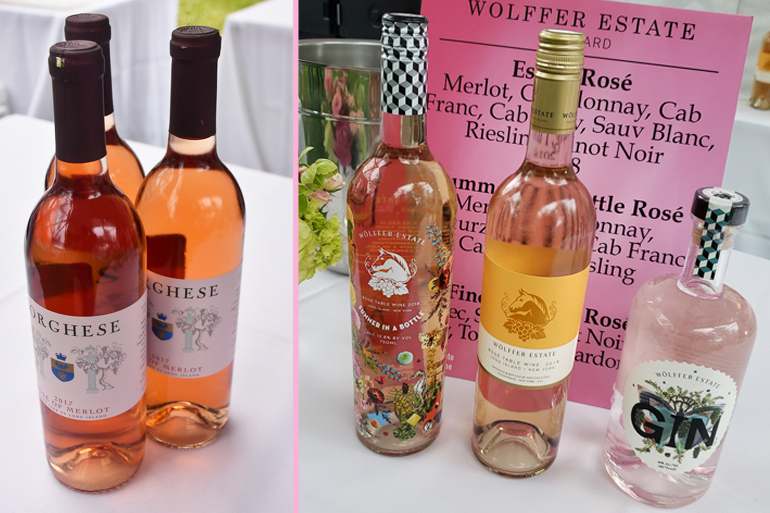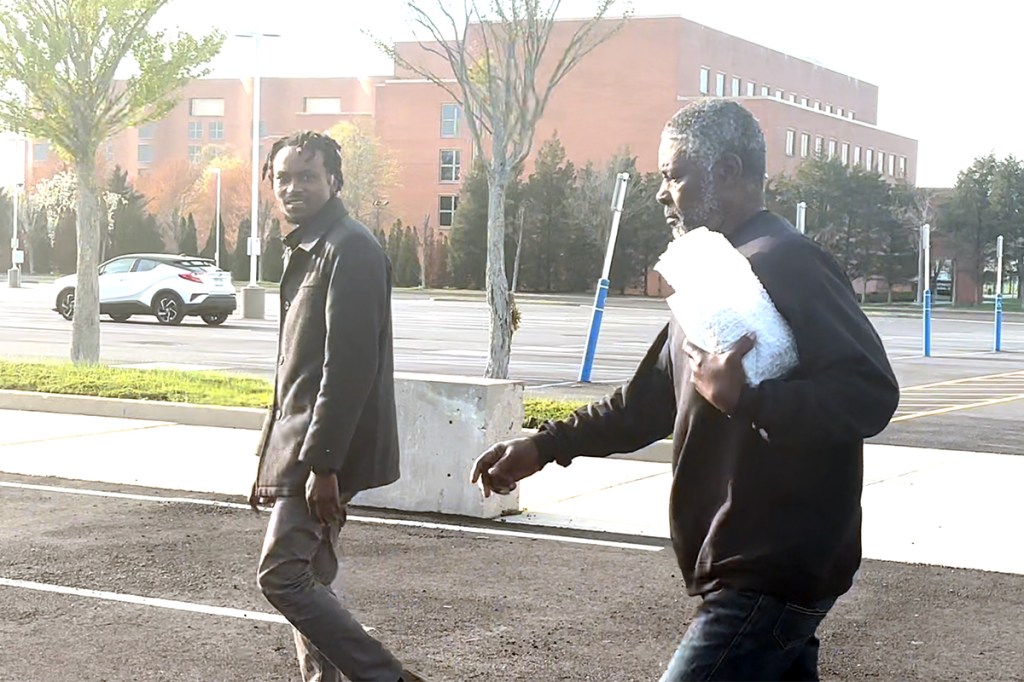Wine Experts Discuss How Rosé Became the Water of the Hamptons

Saturday, June 8 is National Rosé Day, and Hamptonites know better than most what a big deal the pretty pink wine has become. Some would say that rosé has become the unofficial “water” of the Hamptons, a term many now attribute to Jon Bon Jovi and son Jesse Bongiovi’s award-winning Hampton Water rosé. Local rosé is plentiful, and the summer is the perfect time to try it for yourself—as if you haven’t already.

“The East End is a great, promising wine region,” says Mitch Frank, News Editor for Wine Spectator. Frank has written extensively about rosé for Wine Spectator and in the past several years has seen a boom on the East End. “I’ve always been a fan, mostly because I find it incredibly flexible with food because with a lot of great foods, it kind of brings the best of both white and red wine to the table,” he says. “I wrote our cover story on rosé about 10 years ago, and we were starting to see a boom in imported dry rosé and the move away from the classic, sweet, sort of white zinfandel. Last year, we did a second cover story, and rosé has definitely become a national phenomenon…one of the things I wrote about was the phenomenon where the joke is that it’s Hamptons water.”
Frank likes Wölffer Estate Vineyard’s rosé in particular. “They make several different rosés, which I find really interesting. [Winemaker] Roman Roth uses various different blends of grapes to create different styles, which I think is great,” he says. “I think that the best thing that could happen is for wine drinkers to keep exploring different kinds of rosé. And make sure that you’re not just grabbing something based on the bottle shape or the label, but try a few things and find the flavors that interest you!”

Castello di Borghese owner Gio Borghese echoes Frank’s thoughts on the diversity of rosé. “I think rosé is a very versatile wine,” he says. “It can be enjoyed on its own, all by itself. I think when you desire something cold that it can also complement a meal really nicely, too. If it’s on the dryer side, it can go pretty well with a meal. The sweeter stuff is more difficult to consider with food.” Castello di Borghese has been making rosé for as far back as Borghese can remember.
There are several rosés on offer at Castello di Borghese. “We have three vintage rosés,” Borghese says. “We have a 2017 rosé of cabernet franc that we’re really excited about because we made it in collaboration with Cornell Cooperative Extension’s Marine Program and we give proceeds from the sale of this wine to help preserve the bays. We also have a 2017 rosé of merlot and a rosé of pinot noir that is a 2016 vintage. Then we have our Fleurette, our non-vintage table blend.”
Borghese thinks that the East End wine community is a special place. “I believe that we are all very lucky to be able to participate in this industry,” he says, “and we need to work together and represent the region collectively and acknowledge how lucky and blessed we all really are.”

Wölffer’s winemaker Roman Roth sums up rosé quite simply. “It is fun. It is light. It is vibrant, fresh, refreshing. Alcohol is low, so you can drink it in the summer heat and enjoy it!”



